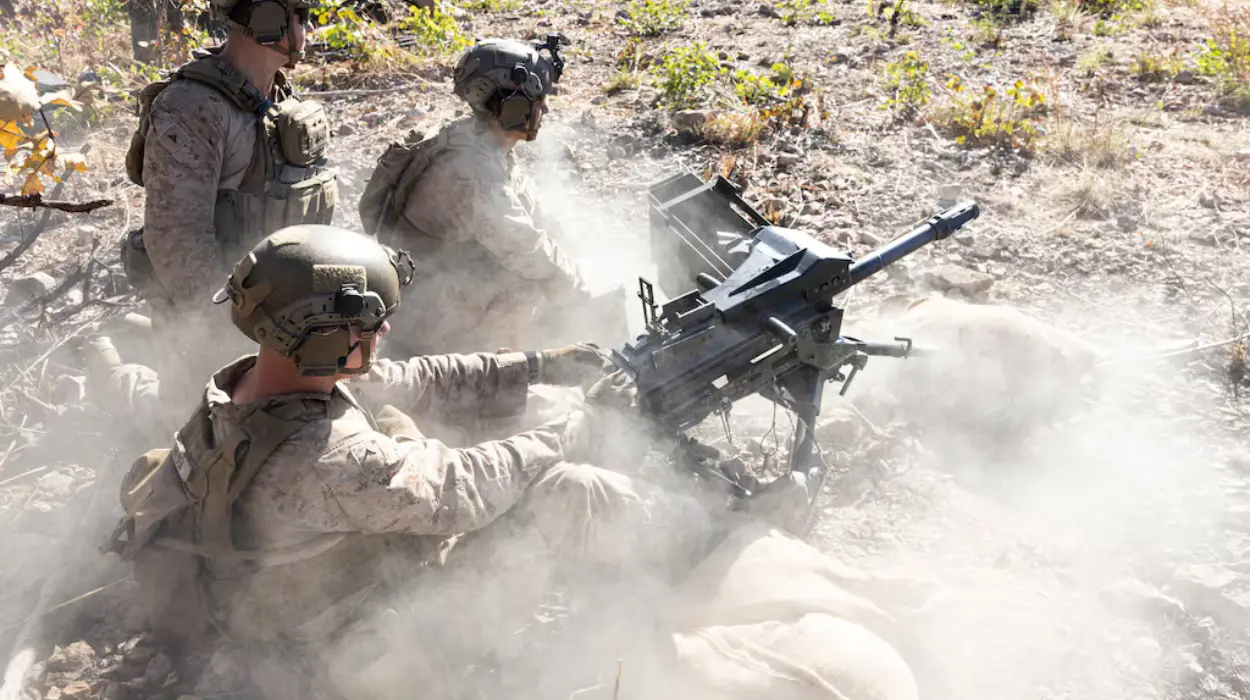U.S.(Washington Insider Magazine) – The U.S., Australia, and Japan have agreed to broaden their military exercises as part of an effort to improve cooperation and readiness in response to potential crises in the Indo-Pacific. The announcement was made on Sunday by top defense officials from the three nations at a base in Darwin, Australia. The location holds historical significance, as it was heavily bombed by Japan during World War II.
Expanding Military Cooperation
This agreement marks a significant milestone in the growing military ties between the U.S., Australia, and Japan. Starting in 2025, Japan will send a brigade to train with Australian and U.S. forces, beginning with the Talisman Sabre exercise in Queensland. The countries also plan to expand Japan’s involvement in future drills, with the goal of conducting a live-fire version of the exercise by 2027.
Australia has committed to participating in similar exercises in Japan, further enhancing the integration of their forces. Brad Glosserman, a Japanese military expert, explained that the new trilateral approach will allow the nations to synchronize their operations, learning from each other’s equipment, habits, and language.
Strategic Implications for Regional Security
The expanded cooperation will enhance readiness in responding to potential crises, such as natural disasters or regional conflicts. In particular, the exercises will help Japan and Australia learn from U.S. Marines about operations in littoral zones—shallow-water environments that resemble Taiwan and the South China Sea, where China has increasingly asserted its power.
This strengthened partnership comes at a time when both Japan and Australia are modernizing their military forces. Both countries have pledged to increase defense spending and invest in advanced weaponry, with Japan notably revising its defense posture in light of its pacifist constitution.
Shifting U.S. Strategy in the Indo-Pacific
The Biden administration has made it a priority to encourage closer military cooperation between U.S. allies in the Indo-Pacific, with the aim of countering China’s growing influence. The traditional “hub and spokes” model, where each ally has separate relationships with the U.S., is shifting toward a more interconnected approach.
In addition to expanded exercises, Japan and Australia have signed agreements allowing their forces to access each other’s territories. Japan is also planning to send its advanced F-35 fighter jets to Australia for the 2026 Pitch Black exercise, further solidifying their military ties.
A More Formal Framework for Defense Cooperation
To further institutionalize their cooperation, the U.S., Japan, and Australia have agreed on a formal schedule of meetings for their top defense officials. This structure mirrors successful frameworks established between the U.S. and other regional allies, such as Japan and South Korea.
Australia’s Deputy Prime Minister and Defense Minister Richard Marles emphasized the strategic benefits of this deeper collaboration. However, there are concerns about future U.S. commitments, particularly with the possibility of a leadership change in Washington. Marles expressed optimism about working with Pete Hegseth, President Trump’s nominee for Secretary of Defense, despite concerns over his lack of experience in Washington.
The growing U.S.-Japan-Australia military cooperation serves as a critical element of the broader strategy to ensure stability and security in the Indo-Pacific.


























